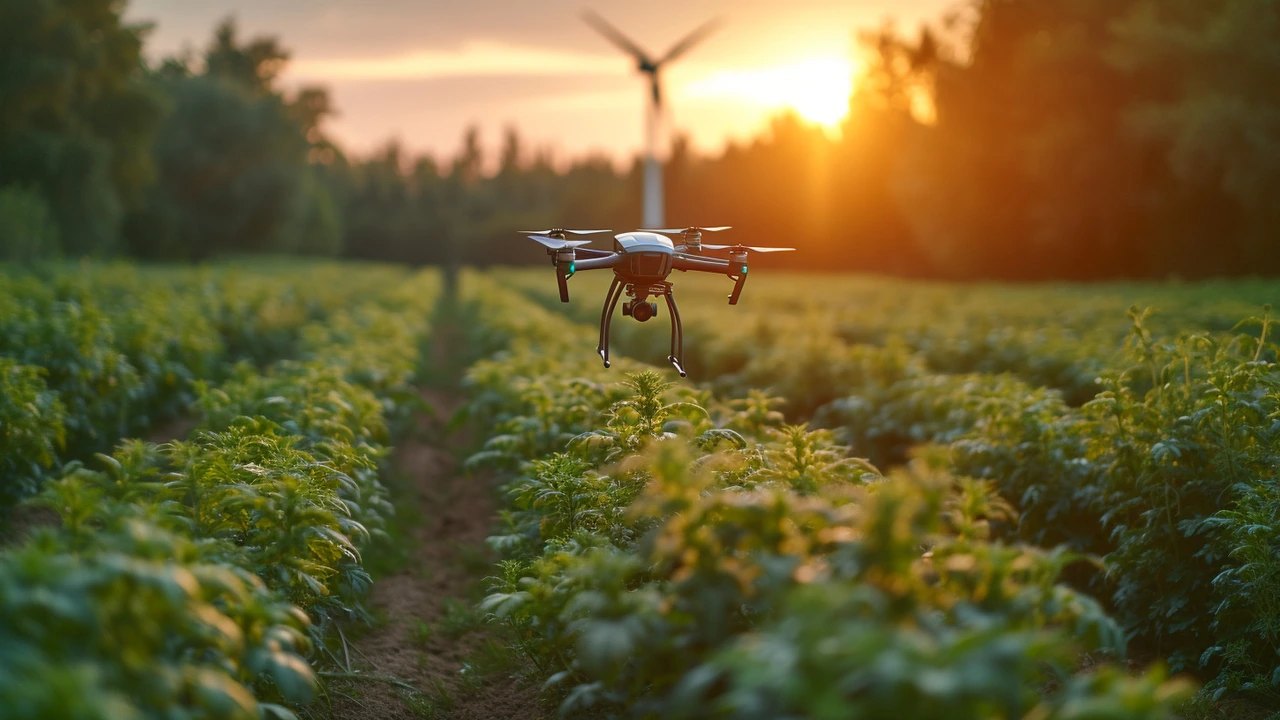AI Knitting Automation: Smart Tech That Weaves Your Ideas Faster
If you’ve ever dreamed of a machine that can spin yarn, stitch patterns, and keep up with your creative mood, AI knitting automation is getting closer every day. Imagine a setup that watches your design, tweaks stitch density, and finishes a scarf while you sip coffee.
Why AI Automation Matters
Automation isn’t just for factories. It helps hobbyists cut down repetitive steps, avoid mistakes, and experiment more. With AI, a knitting robot can learn your style, suggest color combos, and even predict which yarn will hold up best for a given pattern. That means fewer dropped stitches and more time for the fun part—designing.
Beyond crafts, AI tricks covered in our other articles show how similar tech speeds up business tasks, writes code faster, and improves marketing. The same principles apply: teach a model the rules, let it handle the grunt work, and you stay in control of the creative decisions.
Getting Started with AI Knitting Projects
First, pick a simple platform. A Raspberry Pi with a camera can capture your work, while open‑source libraries like TensorFlow interpret the stitch layout. Connect the Pi to a small motorized loom or a knitting arm, and you have a basic loop.
Next, feed the system sample patterns. Use the “Learning AI for Beginners” roadmap to set up a 90‑day plan: start with Python basics, then move to image‑processing tutorials. By week four you’ll have code that recognizes knit vs. purl stitches.
Once the model can read a pattern, add a feedback loop. The robot stitches a row, the camera checks for errors, and the AI adjusts tension on the fly. This mirrors the “Programming Faster” tips – iterate quickly, fix bugs early, and let automation handle the tedious checks.
If you hit roadblocks, our “AI Tricks: The Future of Intelligent Automation Is Already Here” piece offers quick fixes for common pitfalls, like over‑tightening or misaligned yarn feeds. Simple tweaks to sensor placement can save hours of debugging.
When you’re comfortable with a basic stitch, scale up. Try multi‑color designs, incorporate RFID tags in yarn to let the AI know when to switch colors, or use the “Coding Skills for AI” guide to write custom modules that suggest pattern variations based on current trends.
Remember, you don’t need a PhD. The “Coding for AI: Master the Skill Powering Tomorrow” article breaks down the essential languages – Python for AI logic, JavaScript for web dashboards, and a dash of C++ for low‑level motor control. Follow the step‑by‑step advice, and you’ll have a functional prototype in weeks.
Finally, share your results. Posting a short video to a community forum not only gets feedback but also builds a portfolio that can open doors in tech jobs, just like the “AI Tricks to Boost Your Business Fast” guide suggests. Your knitting bot could become the showcase project that lands you a role in AI development.
AI knitting automation proves that smart tech isn’t limited to big factories – it can sit on a desk, learn your favorite yarn, and boost your creative flow. Dive into the resources on our site, experiment, and watch your ideas come to life faster than ever before.

Integrating AI into Knitting: Revolutionizing Handicrafts with Smart Technology
Hey everyone, I've been thinking a lot about how artificial intelligence is reshaping every aspect of our lives, and guess what? It's even transforming the way we knit and crochet! Isn't that something? Imagine having a smart assistant that helps you choose patterns, corrects your mistakes in real-time, or even knits that complicated sweater for you. The possibilities are truly fascinating, and it's something I feel we all should be excited about. Whether we're hobbyists or professional artisans, AI is becoming our new best friend in the crafting world, and I can't wait to see where this journey takes us.